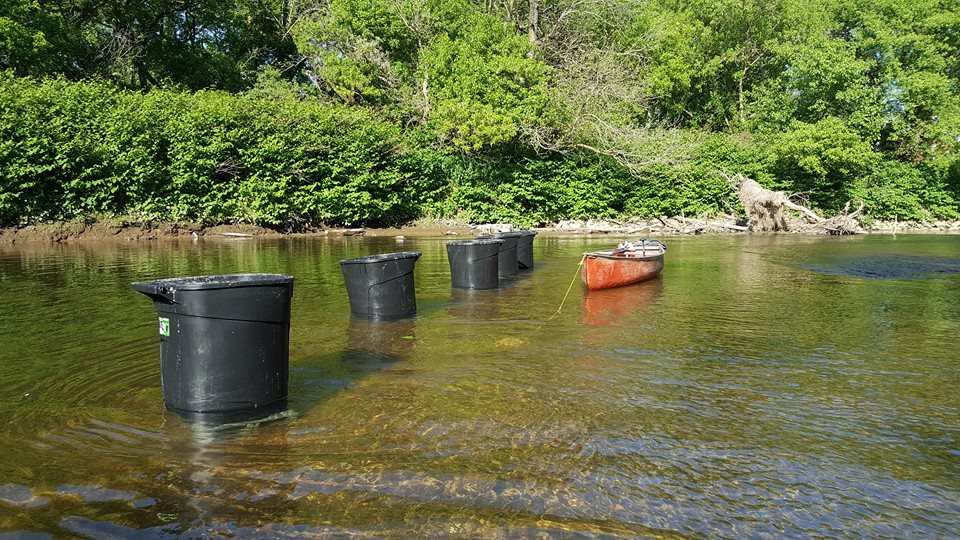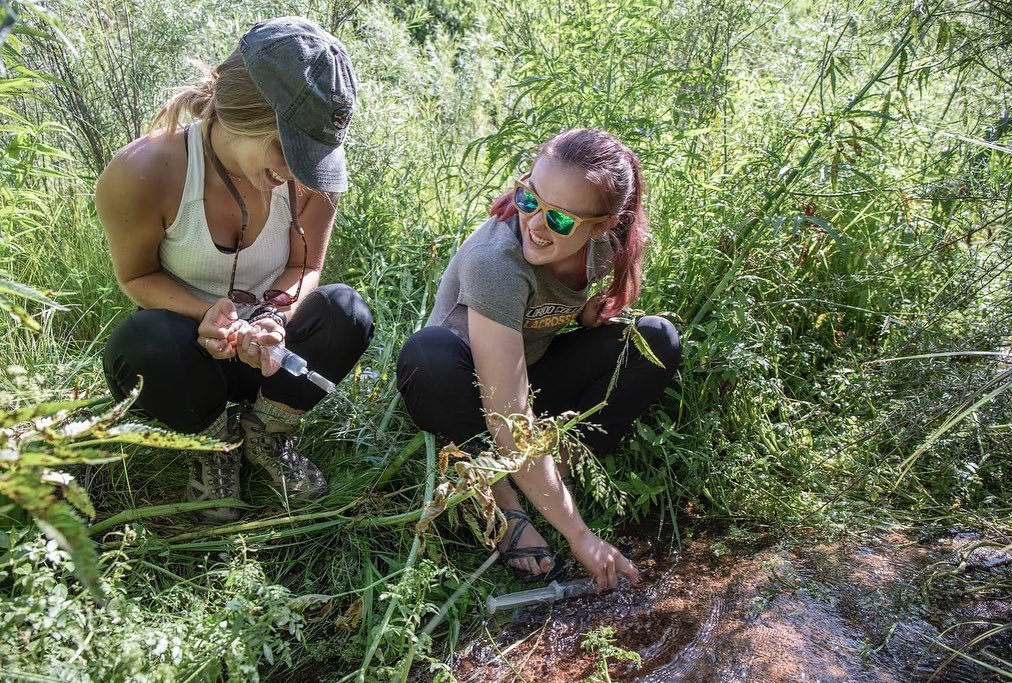Research in context
Ongoing environmental change continues to stress ecosystems.
Energy and food production dramatically alter carbon and nitrogen cycles, resulting in a myriad of problems, from rising temperatures to eutrophication. Ecosystem stressors are likely to increase and continue to interact, threatening ecosystem services dependent on balanced biogeochemical cycles. Thus, a basic understanding of how carbon (C) and nitrogen (N) cycle through terrestrial and aquatic ecosystems is imperative.
Research Approach
Collectively my work illustrates how our actions are severe and far-reaching, but ecosystem processes are surprisingly resilient. Much of my research focuses on the connections between terrestrial and aquatic systems and how N and C are processed within these ecosystems and at their interface. To quantify these linkages, it is necessary to understand biological and transport mechanisms at multiple scales, from hillslopes to the hyporheic zone, and how disturbance alters them. I utilize approaches from biogeochemistry, ecosystem ecology, and hydrology
[Rivers are] the gutters down which run the ruins of continents
Leopold et al. (1964)
Rivers and streams provide an integrated signal of the ecosystem, by sampling watersheds across disturbance gradients my research discerns how landscape conversion perturbs N and C cycling. I have used this comparative watershed approach to investigate several questions including the effects of land use (Barnes & Raymond 2010, Barnes & Raymond 2009, Butman et al. 2015) and atmospheric deposition (Barnes et al. 2008, Clark et al. 2021) on nutrient processing. The effects of disturbance can be examined not only in space but also in time. Using long term data allows us to examine the gradual effects of chronic disturbance such as acid deposition or warming (e.g., Barnes et al. 2014). Trends in stream chemistry provide significant insight into the overall functioning of the watershed, allowing us to detect changes in elemental mass balances. To gain further insight as to where and when various ecosystem processes take place, it is often necessary to sample at a higher resolution and/or conduct experiments. My research integrates high-resolution data from remote sensors (e.g., redox probes; Wallace et al 2018) and point observations (e.g., wells & piezometers; Knights et al. 2017) with field (e.g., Hinckley et al. 2014, Knights et al. 2020) and laboratory (e.g., Barnes et al. 2012) experiments to better understand controls on biogeochemical processes.
How do ecosystems process carbon & nitrogen?
Tidal Freshwater Zones
Alpine Ecosystems
Montane Ecosystems
Temperate Forested Ecosystems


How does disturbance affect carbon & nitrogen cycling?
Atmospheric Deposition
Land Use & Land Cover Change
Fire
Forest Management
